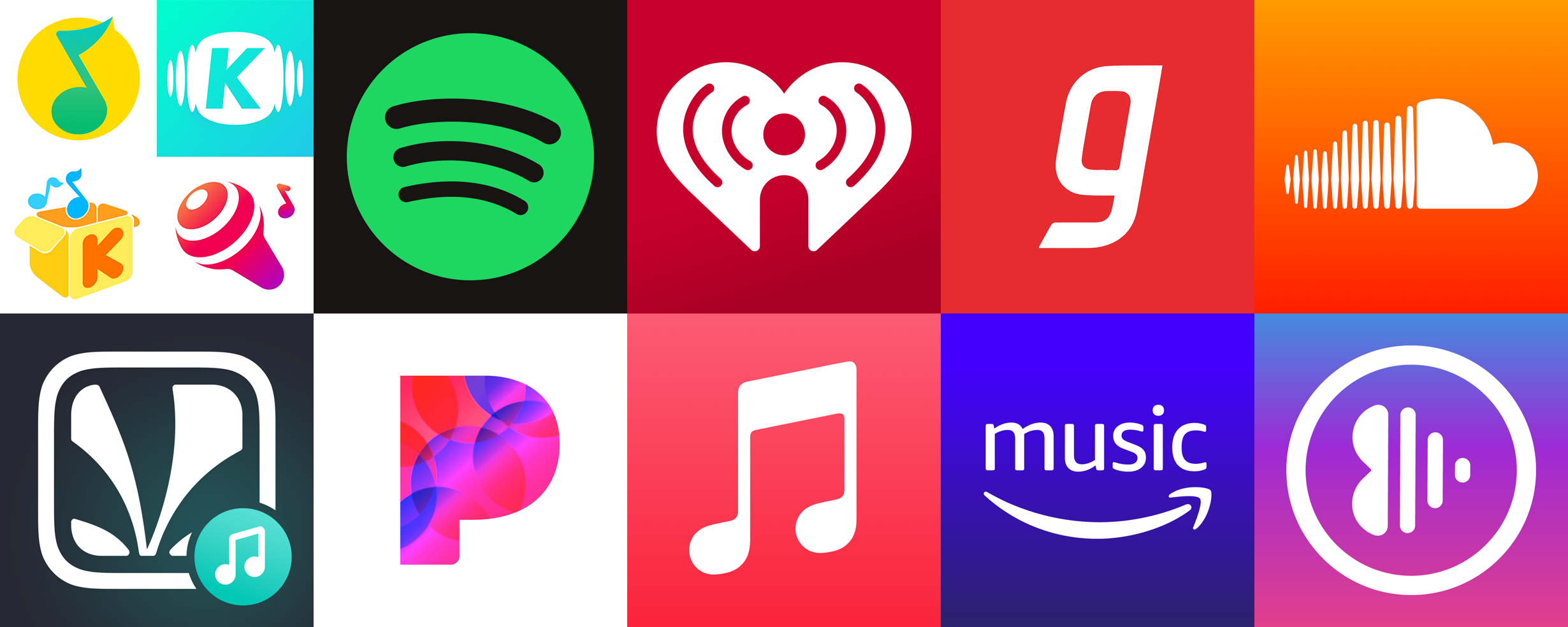News Blast
Your daily source for breaking news and insightful articles.
Tune In, Cash Out: The Surprising Economics of Music Streaming
Discover how music streaming reshapes profits and artists' futures. Tune in to uncover the surprising economics behind your favorite tunes!
The Hidden Costs of Your Spotify Subscription: What You Need to Know
While a Spotify subscription may seem like a straightforward expense, there are several hidden costs to consider that can add up over time. First, think about the price of the subscription itself. Whether you opt for the individual, family, or student plan, the monthly fee is merely the tip of the iceberg. Many users overlook the potential costs of data usage, especially if they stream music frequently on mobile networks. Regularly streaming high-quality audio can lead to hefty data charges, and those on limited plans may find themselves facing additional fees as they exceed their data limits.
Additionally, many Spotify users may gravitate towards premium features or services that can further inflate their overall expenditure. For instance, if you enjoy listening while working out, you might find yourself investing in quality headphones to enhance your experience. Even the cost of family or shared subscriptions can be misleading, as they may encourage more users to join, leading to increased dependency on the service. It's essential to also contemplate how often you use Spotify in relation to its cost and weigh Spotify's hidden costs against other music services to ensure you're making the best choice for your entertainment budget.

How Do Music Streams Translate to Dollars? The Economics of Streaming Explained
The rise of digital music streaming has revolutionized the way artists and labels monetize their work. Unlike traditional sales, where an artist would receive a set amount per album sold, **music streams** operate on a different economic model. Streaming services like Spotify and Apple Music pay artists based on the number of times their tracks are played. This means that revenue is generated per stream, with a typical payout ranging from $0.003 to $0.005 per stream. As a result, an artist needs to accumulate millions of streams just to see a substantial return on investment.
Additionally, the distribution of streaming revenue tends to favor larger record labels and popular artists. Due to the royalty structure of these platforms, the money earned from music streams is divided between the service, the labels, and the artists themselves. This often leaves independent artists struggling to make ends meet, as they receive a smaller share of the revenue. In this complex landscape, understanding the economics of streaming is crucial for artists to navigate how music streams ultimately translate to dollars, ensuring they can sustain their careers in the ever-evolving music industry.
Is Streaming Killing the Music Industry? Debunking Common Myths about Music Monetization
The debate over whether streaming is killing the music industry is fraught with misinformation and exaggeration. Contrary to popular belief, streaming platforms are not solely responsible for declining album sales; they represent a shift in how people consume music. Today, music lovers prioritize accessibility and variety, which streaming services provide in abundance. This evolution in consumption means that artists have to adapt, finding new revenue streams like live performances and merchandise sales to supplement their income. As we explore these changes, it’s vital to understand that streaming can coexist with traditional methods of music distribution, enriching the industry rather than destroying it.
Another common myth is that streaming services pay artists pennies for their work. While it is true that the payout per stream can seem low, the revenue model is far more complex. Artists often earn from multiple sources: direct licensing agreements, performance royalties, and increased exposure leading to higher demand for live shows. For many emerging artists, platforms like Spotify and Apple Music offer unprecedented access to global audiences, which can lead to significant financial opportunities. Thus, it’s essential to debunk the myths surrounding music monetization in the streaming era, recognizing that while challenges exist, there are also numerous pathways for artists to thrive.